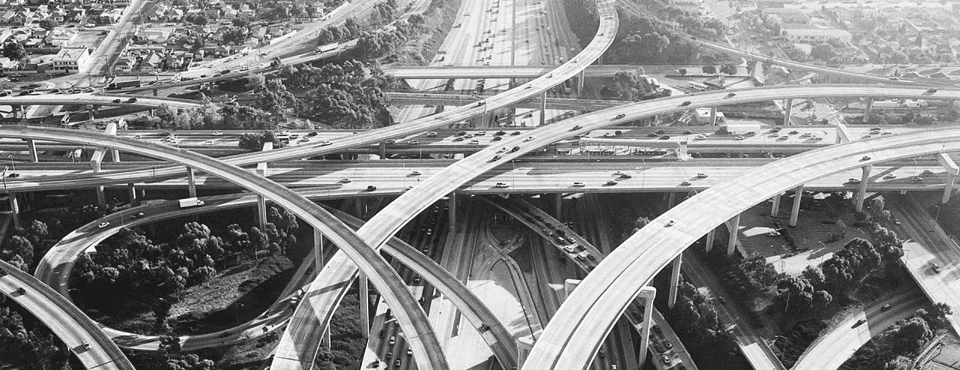
Cars make cities less compact
Cars have changed the way cities are organised. This column uses a sample of 123 cities in 57 countries to show that car ownership reduces the density of people and employment by allowing low-density expansion into the urban periphery. The findings have implications for cities in developing countries, where strong car ownership increases are expected in the near future. If these countries follow a similar path, their cities will be more spread out. This is likely to cause more traffic congestion, as lower-density areas tend to be more car-dependent.

Reinventing cities: Evaluating effective urban policies
Repost from spatialeconomics.nl Cities are a very old phenomenon and, argued by many, one of the greatest human inventions. By 2050, two-thirds of the world’s population is expected to live in cities. The future of mankind is thus an urban one. With these words brand-new professor Hans Koster opened his inaugural lecture ‘Reinventing cities: Evaluating…
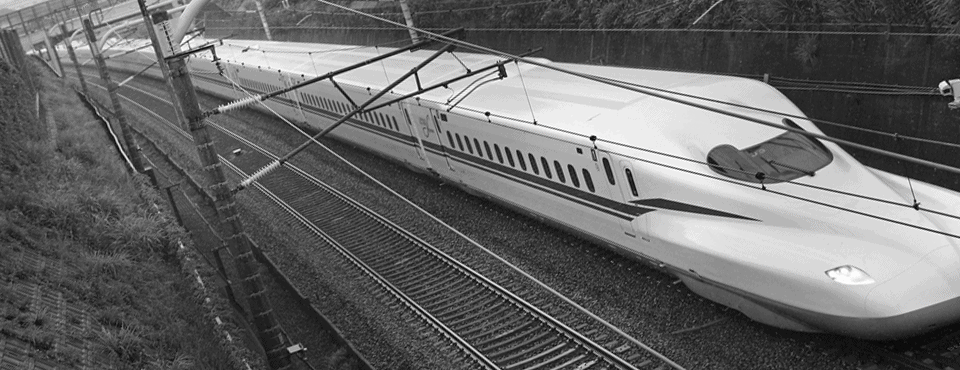
High-speed rail may hurt intermediate places: The role of long-haul economies
Modern transportation infrastructure is characterized by what transportation economists call long-haul economies. This implies that it becomes relatively cheaper to travel an additional km once the trip length increases. Long-haul economies arise because of fast trains, dedicated expressways, and airplanes. Using a simple model, we show that improvements in transportation infrastructure have non-trivial impacts on the location choices of firms. While these investments are often beneficial to large regions, they may be detrimental to small intermediate regions through job losses. Using data on Japan’s Shinkansen, we confirm that ‘in-between’ municipalities that are connected to the Shinkansen witness a sizable decrease in employment.
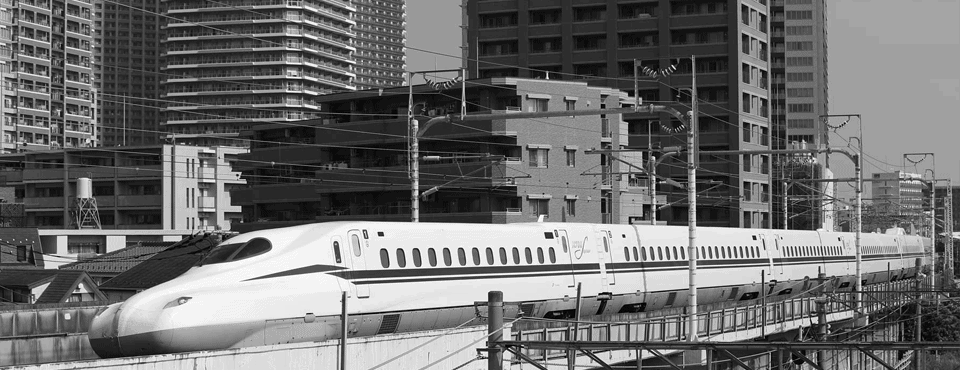
How does high-speed rail change the spatial distribution of economic activity?
The economic and social consequences of investments in transport infrastructure generate heated academic and policy debates because they typically involve costly investments that are supposed to yield high payoffs. Particularly telling examples of large transport infrastructure investments are investments in high-speed rail. A recent paper by Hayakawa et al. (2021) shows that the Shinkansen has had a substantial effect on Japan’s spatial distribution of employment. The relative position of municipalities within the network and their underlying location fundamentals are essential in understanding why the effects of an extensive infrastructure are positive or negative at the local level.
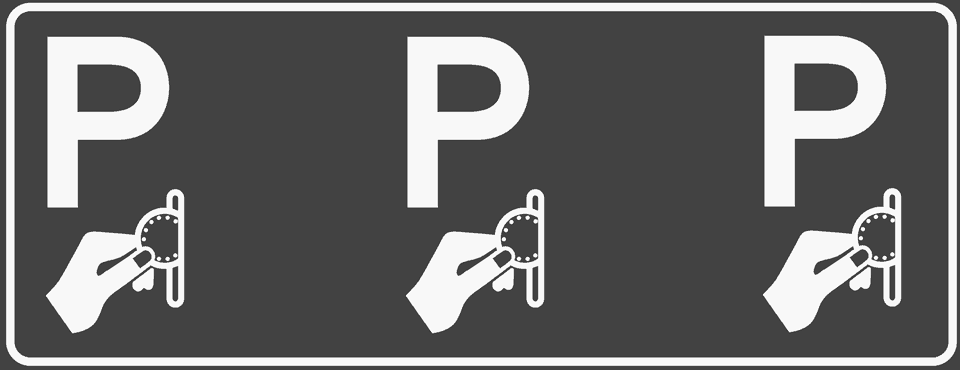
Parking policy: Do residents benefit from paid parking?
Nowadays it’s almost impossible to find a free parking spot in the large cities of the Netherlands. The main goal of paid parking is to reduce the demand for the limited amount of available parking space, which makes it easier for car drivers to find a vacant parking spot and leaves more space available for land use other than parking. But what about the residents of those cities? Should they vote in favour of paid parking – or not?

London’s Congestion Charge and its Effects on Office Rents
Modern cities enjoy many benefits connected to dense population and proximity of firms, but also face negative effects of agglomeration. In an urban context, external effects of traffic like noise and air pollution, or traffic congestion are some of the most significant issues for policy makers. In theory, congestion charging leads to the situation that everyone pays for the costs their trip imposes on others. London is one of the most famous examples of a large city introducing an inner city congestion zone. The policy required a strong political effort and met resistance from the public and the commercial sector inside the congestion zone. But does this resistance makes sense? Have office locations in the congestion charge zone become more or less attractive due to the implementation of the congestion charge?
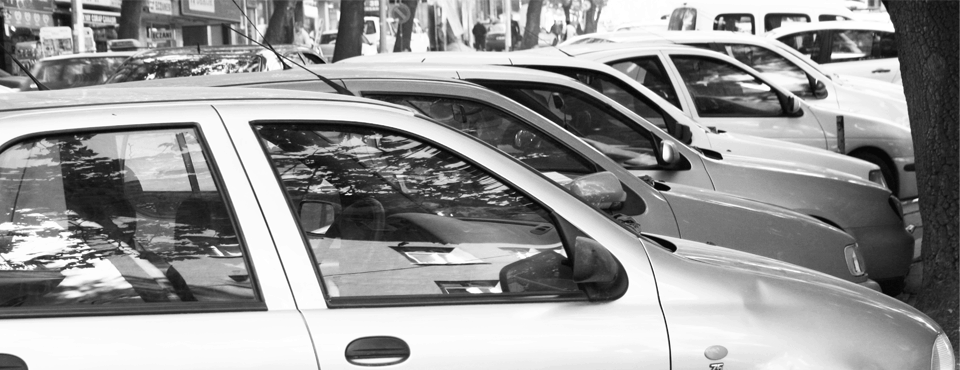
Parking and car ownership: Will cheap parking spaces increase car ownership?
Many cities in Europa are congested. A high population density and historic city centres imply that there is little space left that can be used for parking. Parking in European cities is therefore expensive. In the Netherlands residents can get a parking permit so that for them it is possible to park their cars close to their homes. In Amsterdam, households pay usually about €100 to € 400 for a yearly parking permit. This is not much if we compare it with the prices that are paid on the market for parking spaces in the city centre of Amsterdam or the prices visitors have to pay. But what are the economic effects of these implicit parking subsidies?
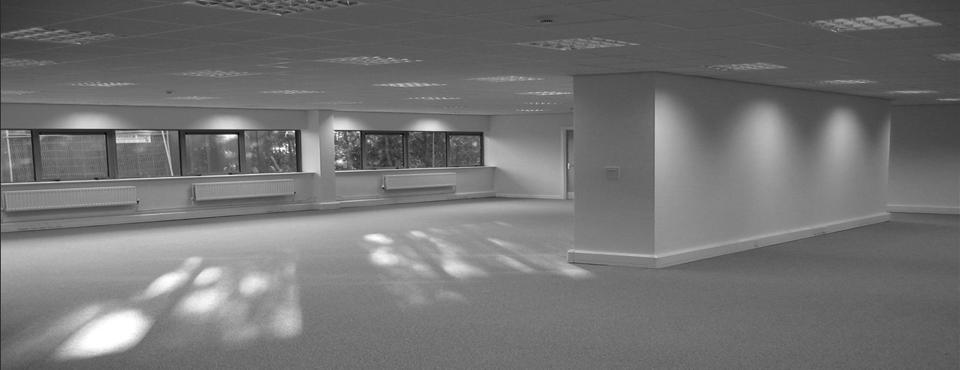
Office vacancies in the Netherlands: Alternative workplace strategies and the role of railway stations
In 2013, about 15 percent of the offices in the Netherlands were vacant. However, this share varies considerably over space. In Amsterdam, the vacancy rate was 18 percent, while in other cities like Wageningen, the vacancy rate was only a few percent. Can these huge spatial differences in office vacancy rates be explained by upcoming alternative workplace strategies (‘Het Nieuwe Werken’ in Dutch)?
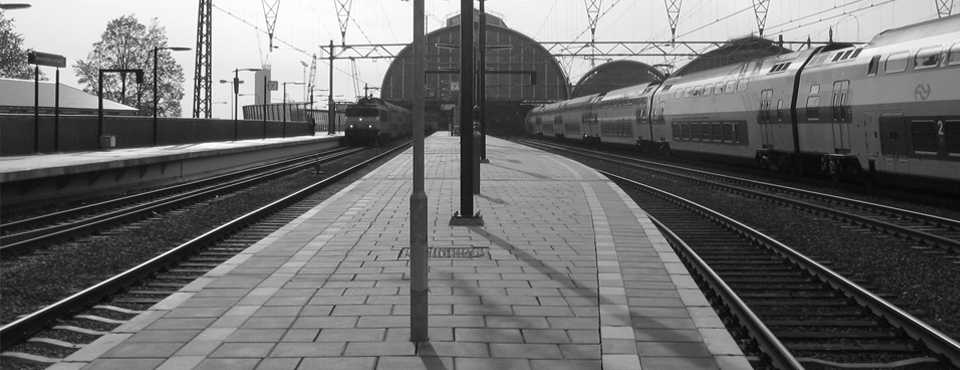
The gains of trains
Congestion problems on the road and environmental constraints are causing a renewed interest for public transport. In the Netherlands, about a month ago, a major rail extension between Lelystad and Zwolle was opened. Further, in the last decade several new railway stations have been opened in the Netherlands (for example Halfweg-Zwanenburg, Sassenheim, see Figure). As is well known, railway improvements are extremely costly for society. It is therefore important to know if the society benefits from railway improvements, and more specifically, benefits from the opening of new stations.
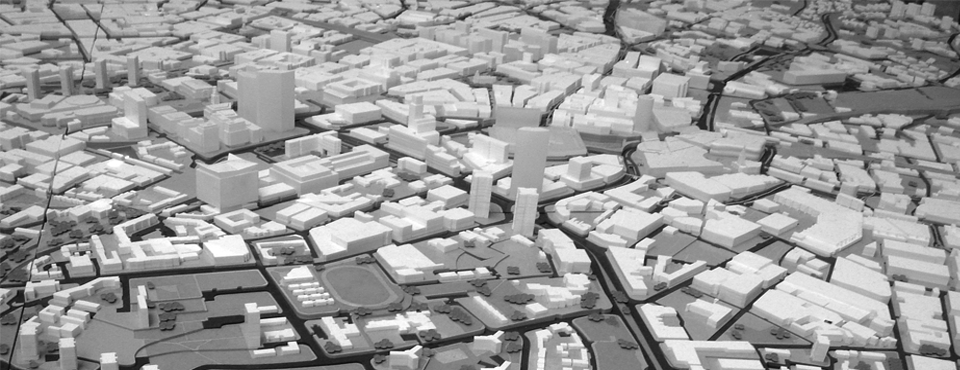
The internal structure of cities: the economics of agglomeration, amenities and accessibility
[this is the summary of my dissertation; click here for the Dutch summary] Introduction We have seen a vast increase in the number of people residing in urbanised areas in the last two centuries. It rose from about 7.5 percent in 1800 to more than 50 percent nowadays (Huriot and Thisse, 2000; Glaeser and…
